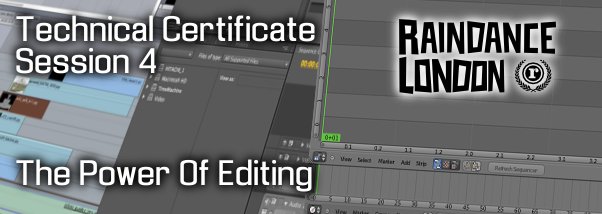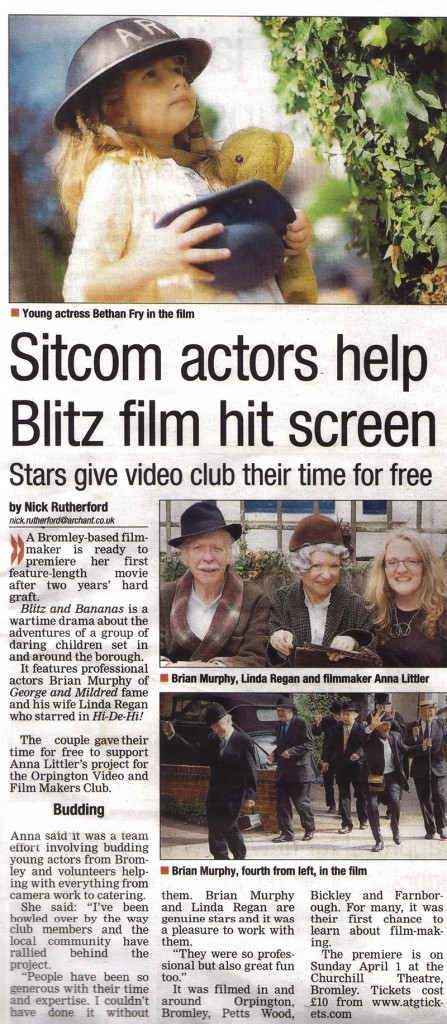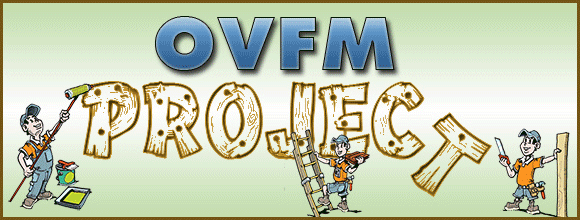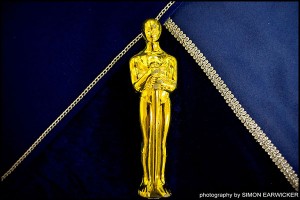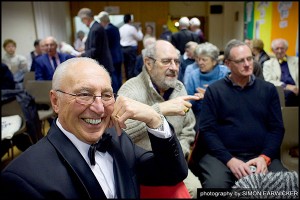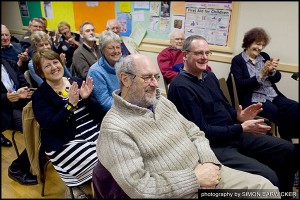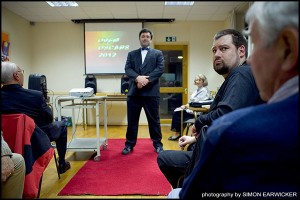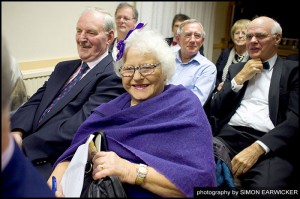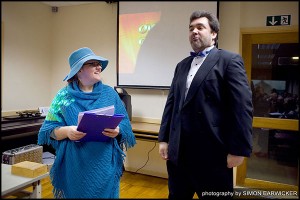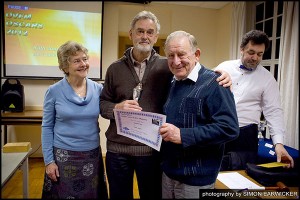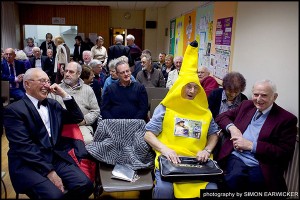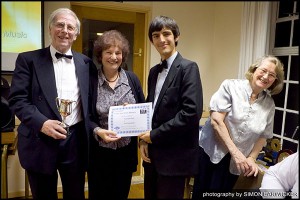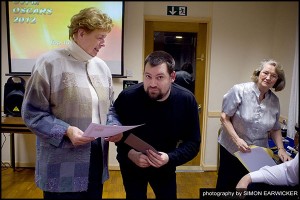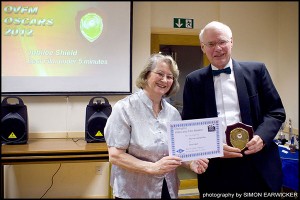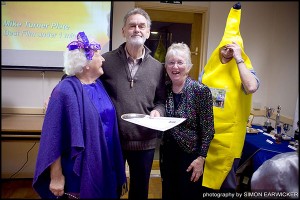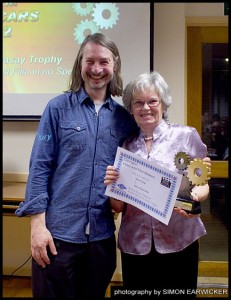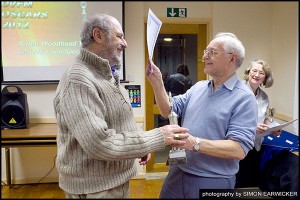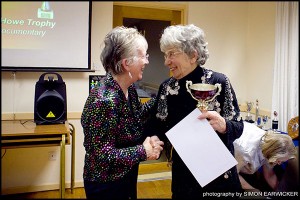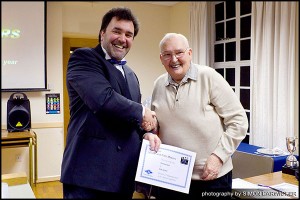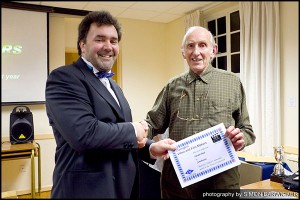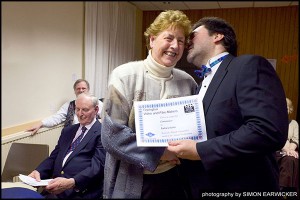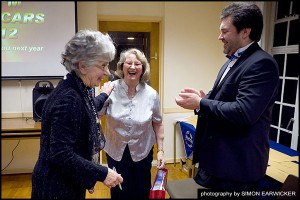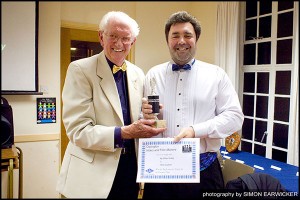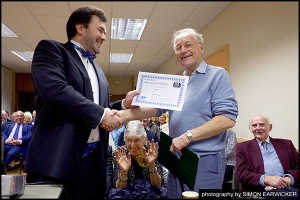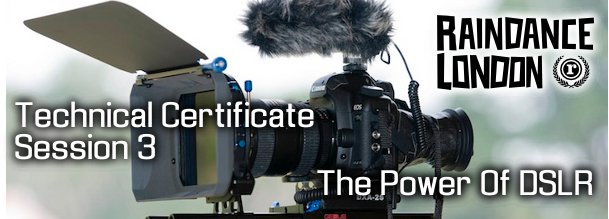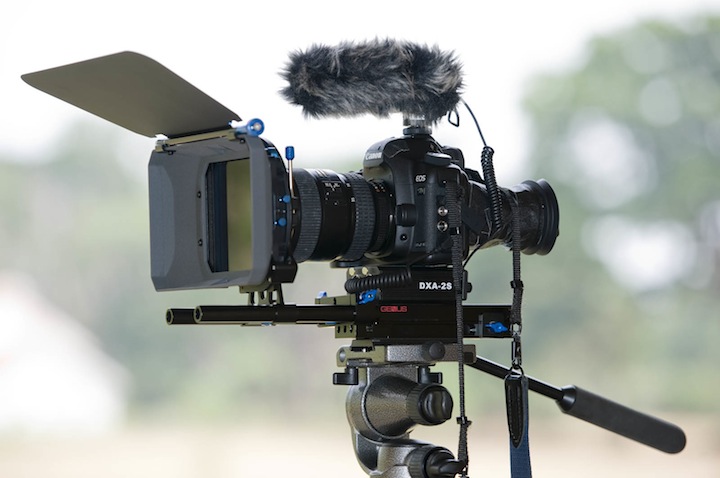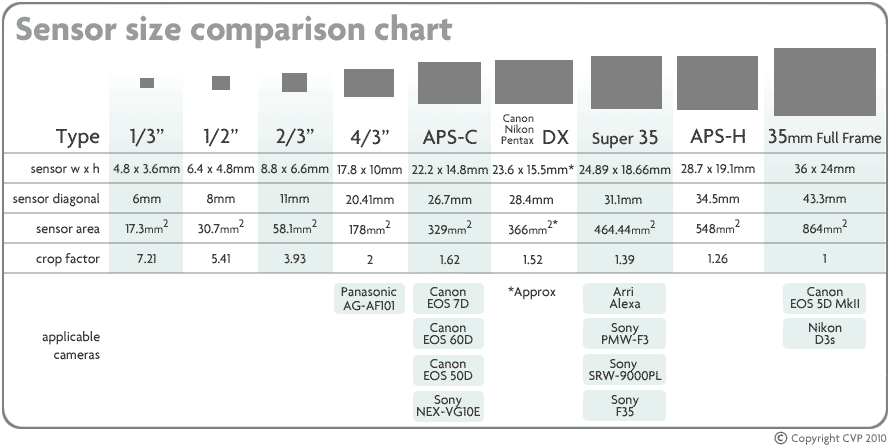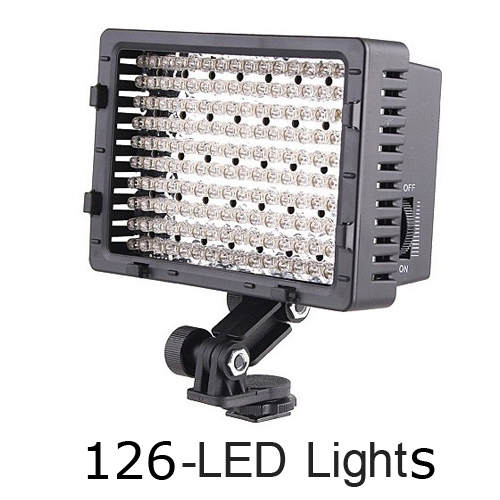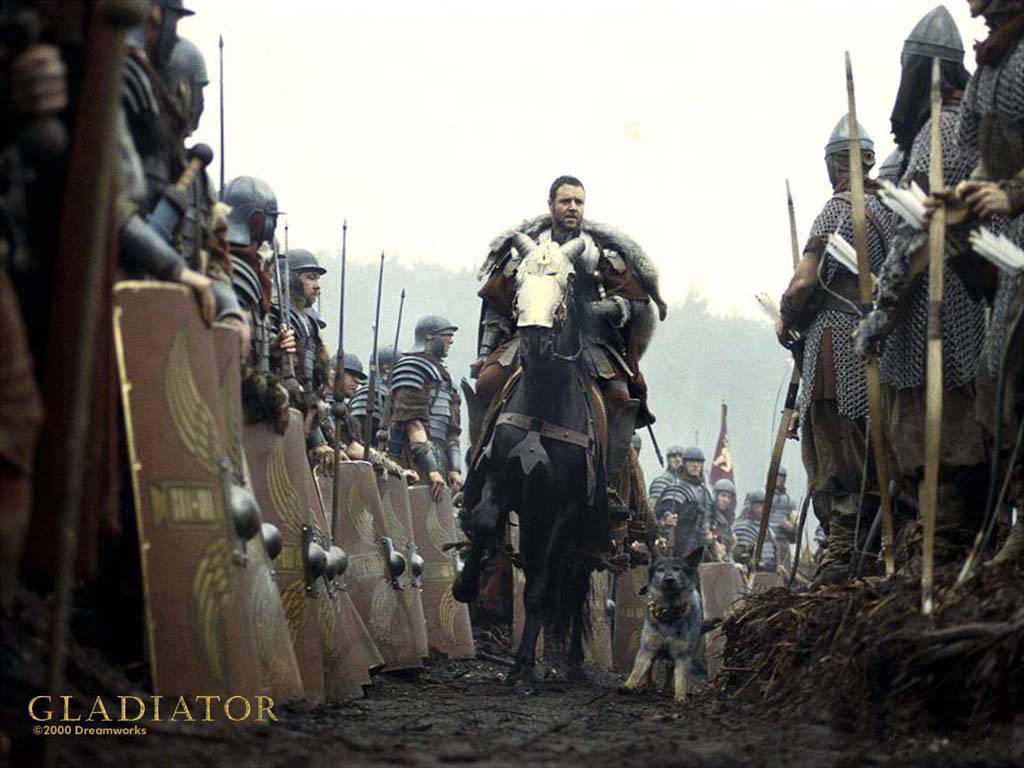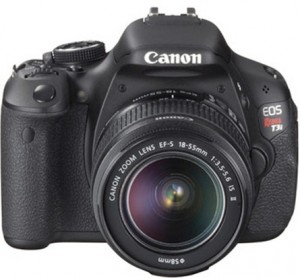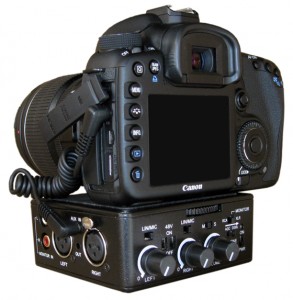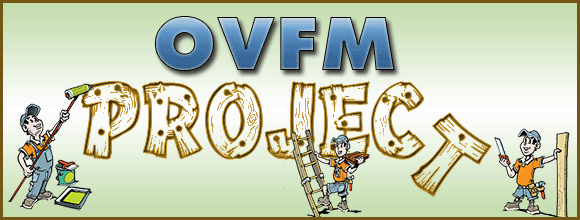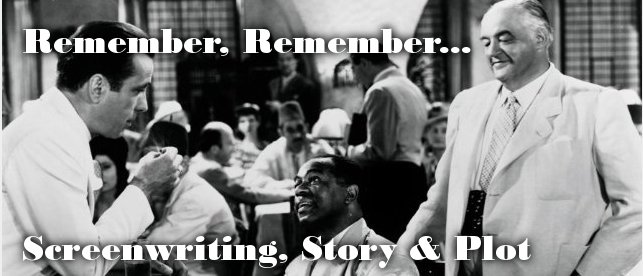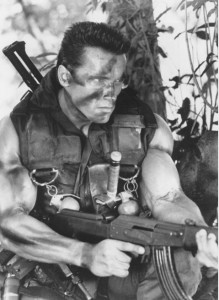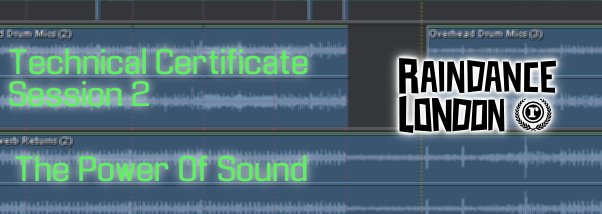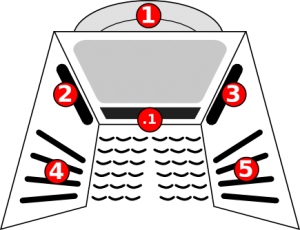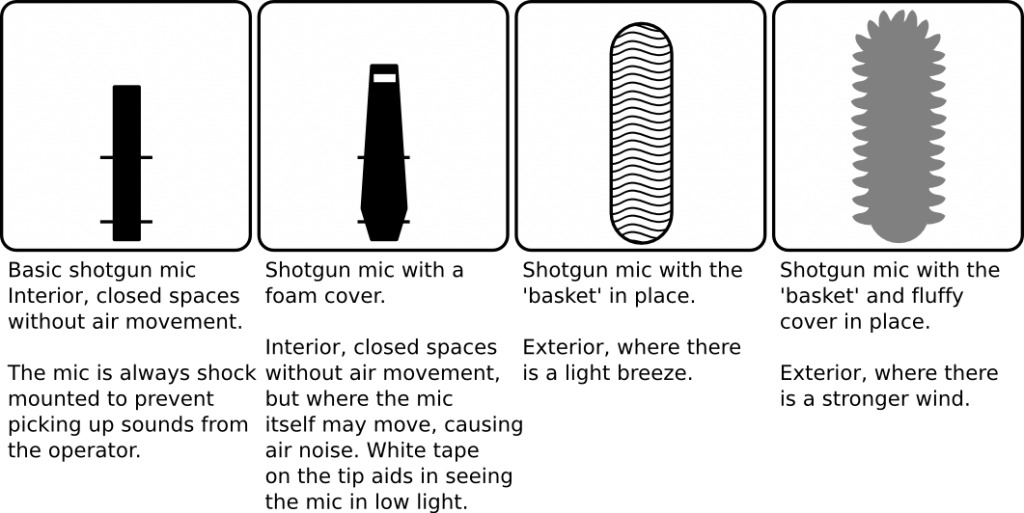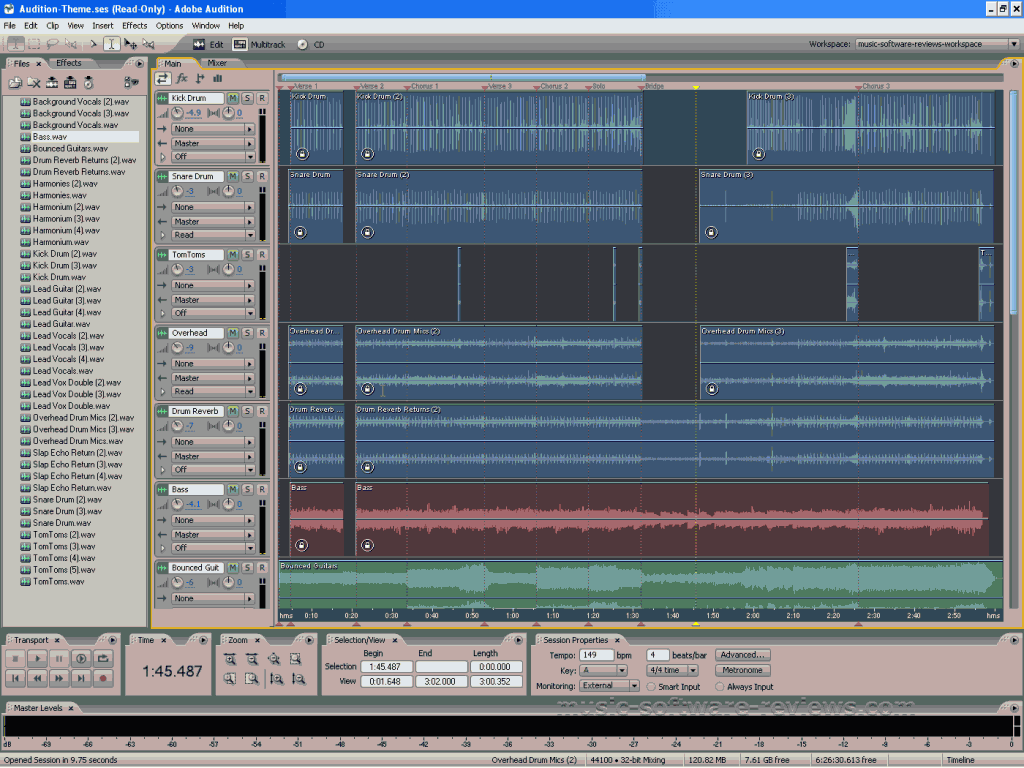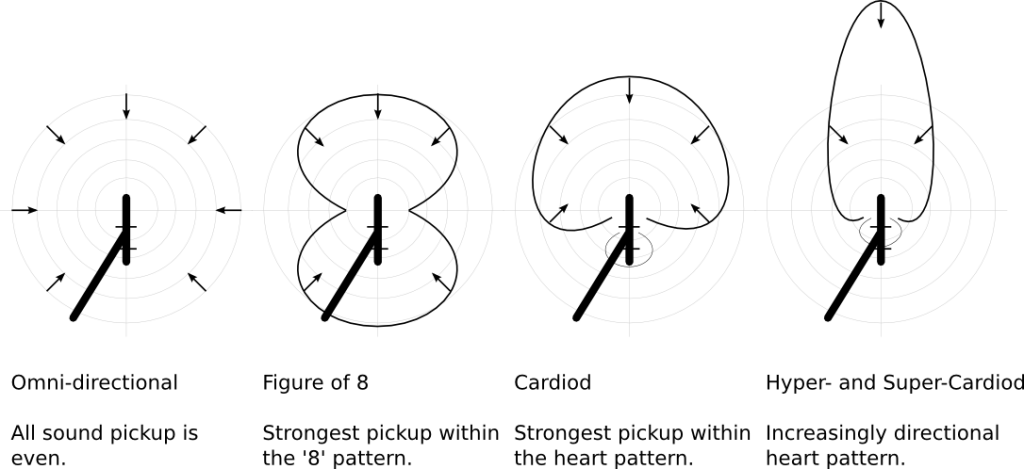The Power of Editing proved to be a strange session in that it was so far the most accurate in regards to keeping exactly on time, while at the same time providing so much information that I used a huge number of pages in my note-book – hence the longer time taken to write a coherent article.
Unfortunately, the session was also very ‘must see’ – watching film and editing techniques within Final Cut Pro 7. This article may therefore be the most wordy and have the least imagery of the Technical Certificate sequence.
Editing
It has been said that Editing is the equivalent of brainwashing – indeed, the three key aspects of ‘brainwashing’ are all present in the intense sessions that are required of the professional editor. To give one example only, Gabriella Enis, our tutor of the evening recently finished a ten minute ‘makeover’ documentary for the BBC. To this professional standard, she completed this ‘rush job’ in 3 days.
What this means is that she spent three days going over the same footage over and over again, hearing and watching the same events to come up with a single piece of work only 10 minutes in length. And this was a ‘normal’ piece, without such things are colour grading or any effects.
How the editor performs their task is down to the tools and the training, In regards to what the purpose of an editor actually is, this can be summarised in a commonly used analogy: there are three story tellers in the production of a film – the screen writer, the director and the editor. At each stage of production, the entire feel, emotion and focus of the story can change entirely.
Depending upon the nature of the production (drama and documentaries can be very different for example), the screenwriter, director and editor can work very closely together in an extremely intimate relationship for extremely long periods of time in order to piece together the final production.
There are essentially two different types of editor:
- Offline Editor
The offline editor is the job which Gabriella principally performs, and in most ways is similar to the work which any of us would do on our own films at independent levels. We all have an editing suite in our homes (some of us essentially in the form of editing software, while others like Gabriella with far more complete editing rooms). The offline editor typically works with lower resolution data in order to make the editing process workable (as in speed of CPU processing etc.) and will probably perform the majority of the structure and story editing.
- Online Editor
The online editor usually works in an in-house editing suit and will receive the work from the offline editor in order to ‘conform’ it. This process usually involves swapping out the normal resolution sequences for their broadcast / projection level equivalents.
In many ways, the difference between the two can also (though this is not a strict distinction) also involve the difference between using an NLE (non-linear editor) and a linear editor. While the latter is not really used so much any more, the conforming process can essentially be a start-to-finish process (i.e. linear). This is almost never the real case however, as it is usually the in-house online editor who will also add titles, credits, some effects etc.
It should be noted that in this case, the term ‘online editor’ is not connected with a program, or real-time editor of a television show – sometimes these are also referred to as ‘online editors’.
This division also took place in the older days of purely film-based editing – in the case of the confirmation process, this resulted in the work being re-done using a clean original negative rather than the lower quality prints delivered to the offline editor.
Today, there are really only three applications available on the open retail market which are looked at seriously from the point of view of film editing (i.e. for feature presentations): Avid, Adobe Premier and Final Cut Pro. Naturally there are many, many more but they are not used at this level of professional work.
It should be noted that with the advent of version 10 (FCPX), Final Cut Pro may also soon be dropping out of this elite list due to a wide range of professional functionality being removed from the product. It was certainly the view of Gabriella, most of the tutors whom I have had in this particular course and (from rumour) Walter Murch (the definitive editing legend, editor on Apocalypse Now, and the man credited with introducing digital editors, in the form of Final Cut Pro, into the film industry) that Final Cut Pro has now fallen into the realm of the Prosumer market-place and no longer has a place in the film industry.
Gabriella did all of her demonstrations using Final Cut Pro 7, mainly because of changes to the FCPX visual interface meaning it is actually more beneficial to see things happening in FCP7 in this case, not specifically the reduction in functionality.
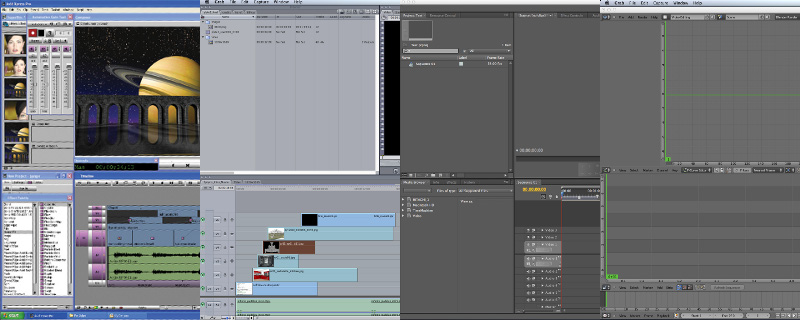
Workflow
The editing workflow (from a generic perspective, see later for two specific examples) takes place in four phases.
- Ingestion
This phase has had its name changed frequently over the years. Up until recently, it was also known as ‘digitisation’ due to film being transferred to a digital medium but is now no longer a common process. The generic ‘Ingestion’ term is therefore used to represent the addition of all of the tapes, files etc. into a project in the software of choice. This process also involves the correct naming of all tapes and files being included, the addition of descriptions etc, to librarian standards, in order to find clips at a later stage. If available, ingested sequences are usually named after the clapper-board / slate information provided by the AD (assistant director), or at the very least the time-code of the tapes.
- Assembly
The assembly phase is the creation of a raw, ‘un-edited’ sequence using a ‘best-option’ take from each of the ingested shots (see below for the different ways that this is done in different circumstances). A very rough gauge from Gabriella was that an assembly might be three times the length of the intended final production (e.g. 3hrs long for a final 1hr production). In many ways, the assembly is also pretty ‘dead’ if watched as a film as no effort has actually been made to construct the structure or story of the final piece.
- Rough Cut
The rough cut phase is where the editor works on the structure of the production – making editing decisions from the assembly in order to create a structure and tell a story in a rough form. The rough cut may take a 3hr assembly down to 1.5 / 2hrs in length, but still far longer than the intended final production. It is this stage in which an actual target date is in use and may be of high pressure – it is the rough cut which is usually used, and on a pre-planned date, for demonstration to the commissioner / budget provider of the production. It is therefore vital that while not completed, the rough cut tells the story correctly and is essentially in its final, if not quality form.
- Final Cut
In this phase, the editor no longer needs to work on structure and instead concentrates on tightening the story, selecting better shots (e.g. from multiple takes) to improve the quality. It is at this stage where the editor and director may spend hours deciding whether to cut a scene on frame 24 or 25 (it can be that specific).
The rough and final cut processes may often merge together. It is also in these phases where colour grading may take place (grading can be done for regularisation between shots, but also to modify the emotion of a particular shot).
It is in these final two phases where a demonstration of editing was actually performed in class, but for which it would be impossible to demonstrate adequately in this article. From here on, I’ll try to cover some of the important points in a heavily summarised form in four specific subject areas.
Editors (or Marked) Script
An editor involved in the production of drama will typically be involved in the production right from the very start, and will therefore have access to the original script (see more, below). Of far more importance in the traditional editing experience however, is the ‘marked script’ which takes the form of the original script with amendments made in a specific notation by the AD (assistant director) or other appropriate crew member such as continuity.
These notations are intended to assist the editor in indicating where, when and how certain types of filming have been performed by the director / DoP, along with information regarding how shots have been marked and how many available takes there are (there may have been many more takes, but the specified number indicates the number of good takes that were ‘printed’ for use).
Note that shots should always be filmed ‘overlapping’ – in other words, the entire sequence of actions by the actors is captured by different cameras in a repeat of the entire scene so that there is a plethora of material to work with in the editing suite. An unnamed film worked on by Gabriella as an assistant (the first feature film to come out of Zimbabwe) is a good example of a bad, non-overlapped film – the director would call cut in the middle of scene, move the cameras and lights while the actors are frozen, then restart the action from the new filming locations! If nothing else, this means that there is only ever one take available during editing.
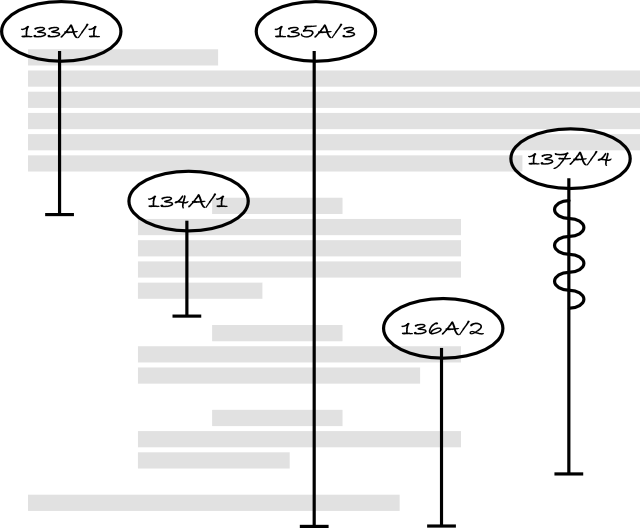
The code written into the ellipse refers to the shooting script scene number (e.g. 133), the camera setup (e.g. multi-camera or multi-setup shoots – camera A, B, C etc.) followed by the number of available takes after the slash.
The line and stop mark at the base indicates the portion of the script which is covered by the shot. Shot 134A/1 in the illustration only covers one short portion of spoken dialog and is probably therefore a closeup. In the case of 135A/3 however, this indicates a shot covering the entire scene and includes all of the dialog – it is probably therefore, indicative of the ‘master shot’ (see later, in the section on a classic dialog edit for an explanation).
The wavy line through shot 137A/4 indicates that while this scene covers all three sequences of spoken dialog, the first sequence of dialog is off camera.
Editing Documentaries
Documentary editing usually involves masses of film, but where very little is actually used in the final production. An example from Gabriella’s 10min school make-over documentary for the BBC involved a worker being filmed in the room – she had hundreds of these shots, and this particular one was about an hour long. In the end, she used about 2.5 seconds of this sequence.
- A common approach to documentary production is to create a raw ingestion production (see last section) and burn the time-code into the image (if available). This raw work is then handed to the transcriber and possibly to the director (who may not actually be involved with much of the editing in this case, especially if they are a series director, as in the case of the 10min documentaries described above).
- The transcriber will return a typed transcript of all activity, scene descriptions (in the case of non-interview related shots), potentially in a marked form with interesting or notable time-code ranges which should be included in the story. This transcription, created after the ingestion but before a true assembly of the raw shots effectively becomes a script from which the editor can work, and is used as a guide in telling the story that the transcriber / director wants to tell.
- The story is built initially by assembling the dialogues, interviews etc. according to the story that the director wants to tell.
- The ‘B roll’ is now assembled – the non-interview shots, and not just the best shots as some bad sequences may include ‘gems’ which highlight a particular point (Gabriella stated that shots of shy, inexperienced children particular fall into this category, as a single statement can make the entire shot).
- The B Roll is used as source material to feed into the bland dialogue / interview assembly to illustrate what the speaker is saying.
- At the point where an assembly is completed and the editor is moving onto the Rough Cut / Final Cut phases, it is always good to edit to a music track – by this time, the editor / director should have been able to select an appropriate sound track for the documentary. The music because a percussion sequence which aids greatly in established what sequences should be put / edited together.
- It is very common to assemble images and sounds from different sequences – especially in interviews, where an interviewee may not be particularly cinematic. In this case (and actually the norm), keep sound and cut the images from illustrative sequences.
- Conversely, in documentary editing it is often a case that reshoots are impossible and the editor must work with what they have – if there are no illustrative shots available, use the interviewee.
- It should be the case the director can provide a ‘paper cut’ which the editor can use as a guide in the rough and fine cut phases. In the modern world, this is usually impossible and the director may not even have time to watch the cuts with the editor – a common process today is to hand over a transcript, then return after the first rough-cut is available, with little other creative input to the sequence assembly.
- If the documentary does not totally make sense, this is usually not the fault of the editor – in documentary editing, all of the filming has already taken place and if there is not enough, there is not enough. In these situations, the documentary can often be saved with VO (voice over).
Editing Drama
In drama editing, the editor is usually involved in the production process from the beginning and may have lengthy discussions with the director regarding what and how some things should be filmed in order to give the editor enough material to work with. The editor is usually working during the production process as well, with daily rushes being delivered to the editor for ingestion / assembly – the director may also be involved over-night when filming is not taking place.
The decisions of the editor / director in these situations may result in additional material being filmed to plug holes in what has been made available or otherwise to enable the same story to be told in a slightly different manner – this is in total contrast to what is delivered in a documentary environment.
- The editor may need to be a diplomat and act as a buffer between the director and producer in the editing environment, suggesting solutions to problems. At the end of the day however, it is the directors film and the editor may need to accept the [sometimes incorrect / bad] cut that the director finally chose to use.
- The editor should also expect however, for the director to return to the editor to have the sequence recut as the editor originally suggested after other people have seen it – this is usually a mark of a good director who is willing to accept when they are wrong. Bad / arrogant directors who stay with the bad cut regardless, usually see their film failing or getting bad reviews.
- A common description of the long periods of time that the editor and director spend in getting the film right is that they are ‘dreaming together’.
- If the final edit does not 100% match the script, don’t be too concerned. The editor can only work with what they are given, but even very slight differences (i.e. cutting on frames only a couple of frames apart, or a slight difference in colour grading) can change the feeling and emotion of the film.
- A typical scene should include a master shot of all of the action, characters, dialog being spoken, dirty and close ups of characters.
- Initially, straight cut all scenes based on dialogue to ensure that the correct story is being told – don’t be too concerned about the images in these sequences.
- Finally, change straight cuts to L / split cuts with overlapping sound / images / ambience from different tracks in order to create the emotions and feelings – the main contributor to any single emotion may be best achieved with sounds from one track, but images from another, along with totally manufactured additional information (foley and effects).
Classic Drama Dialog Scene
A classic dialog scene will include three different types of shot. The master shot is taken from a distance capable of taking in the entire scene, all principle actors and can capture all of the dialog. There will also be both ‘dirty’ and ‘clean’ close-ups of each character. There may also of course, be additional types of shot at the discretion of the director, but these are the classic components.
The distinction between ‘dirty’ and ‘clean’ closeup comes in the form of other characters or objects in the scene. The ‘dirty’ closeup describes the traditional over-the-shoulder shot in which a second, non-speaking character is used as context and shows where the speaking actor is addressing (obeying all of the ‘don’t cross the line’ rules). The ‘clean’ closeup however, removes the second character – the shot only shows the speaking character and nothing more.
Combinations of these different shots are assembled with the following considerations:
- On the first cut (even if not the rough cut), use straight cuts (sound and images cut at exact same place) and concentrate on editing based upon the dialogue, not the images, so as to tell the story.
- It is very easy to have a character enter frame from one shot, and complete the motion from the opposite side of the frame in the next shot (e.g. switching from master to closeup). While not quite caused by the ‘crossing the line’ error, it does make the observers eye jump and should therefore be avoided – if avoidable in the filming location, it is usually regarded as a mistake on the directors part (this is sometimes referred to as a Jump Cut).
- Use the master shot not only to set the scene, but also as filler to join together two cut shots which might cause the above mistake (e.g. A rear shot shows a character slipping into a booth towards the right, but the closeup from the other character’s perspective shows the action completed while entering in from the left – instead, cut the two shots shorter and show the entire act of sitting from the master shot’s perspective, re-entering the closeup with the character already sitting in place).
- In isolation, each of the shots will nearly always have a lot of space between events. The edited sequence will normally be shortened drastically (except for story telling pauses) by tight cutting between shots, removing dead space (contracting time).
- Edits are far more noticeable if the cut takes place when characters are not doing anything – always cut (if possible) with the character in motion (however slight).
- Once the scene is being refined, use L or split cuts (where the sound and image are cut in different places, with sound / images from different shots overlapping) to show the spoken word of one character and the reaction of the other (e.g. aggression from one character is usually best reflected in the face / eyes reaction of another character rather than the one speaking). This is particularly important if a character has their eyes hidden (e.g. they are wearing a hat, with shadow) – the eyes show the emotion.
- Use the clean closeups after the pay-off of the scene has taken place, the dirty closeups before. The clean closeups allow the observer to concentrate fully on the character speaking and now needs no additional contextual setting.
Conclusions from the evening
This session was a little like a driving lesson – so many youngsters pass their driving test and think that they know how to drive, when in actual fact all it proves is that they have a basic knowledge of how to control a car: driving is something else entirely.
Nearly everyone at club level has used an editor at some point, and may know their program of choice intimately. This session however, demonstrated clearly that knowing why certain cuts are made in certain ways is far more complex and ultimately rewarding in a final quality production than simply knowing how to use the tools in the software.
Next session
The next session will be by far the longest, and yet may be the most problematic to both note and write a coherent article – The Power of Special Effects, a very practical session delivered by a S/VFX specialist from films such as Batman Begins, Sunshine and the Human Centipede films.
Part One can be found HERE
Part Two can be found HERE
Part Three can be found HERE
Craig’s article on scriptwriting can be found HERE
